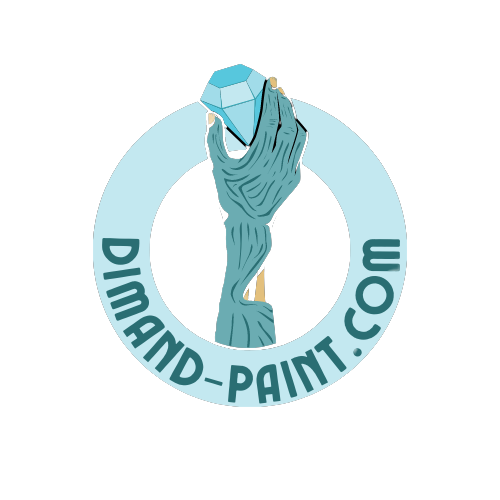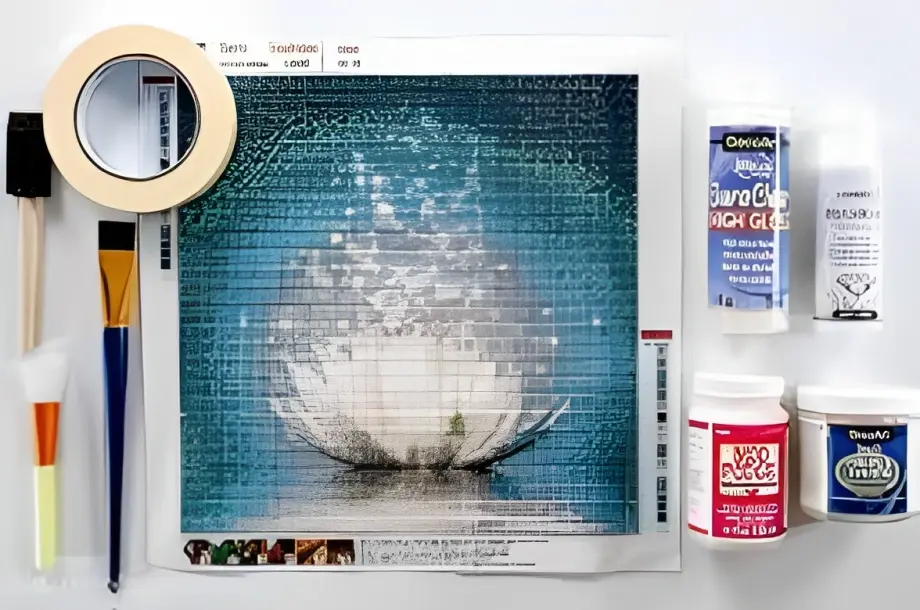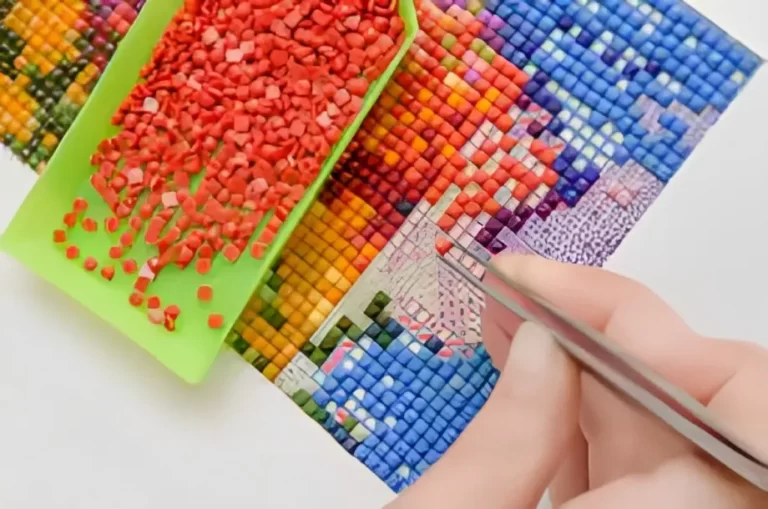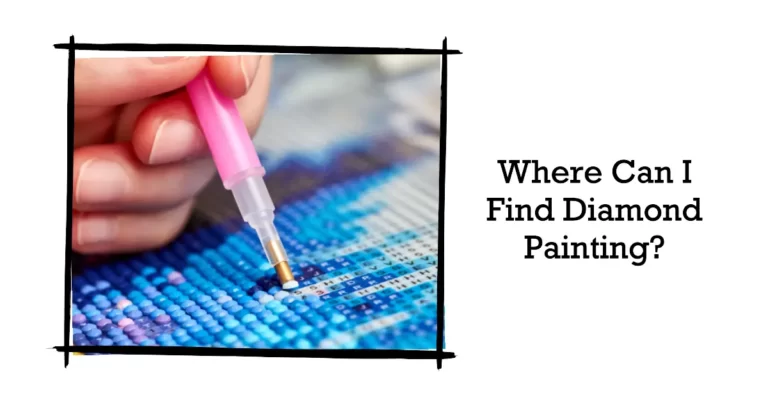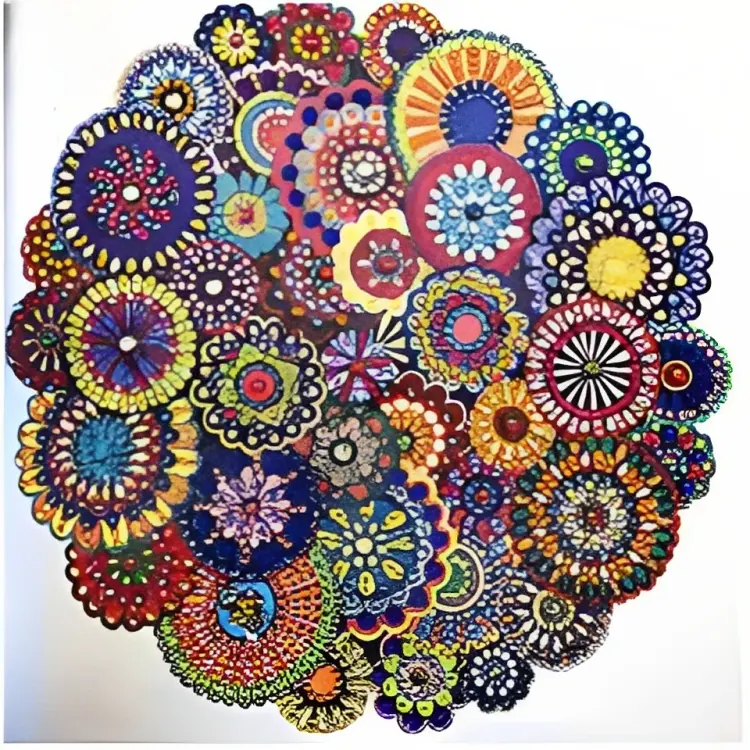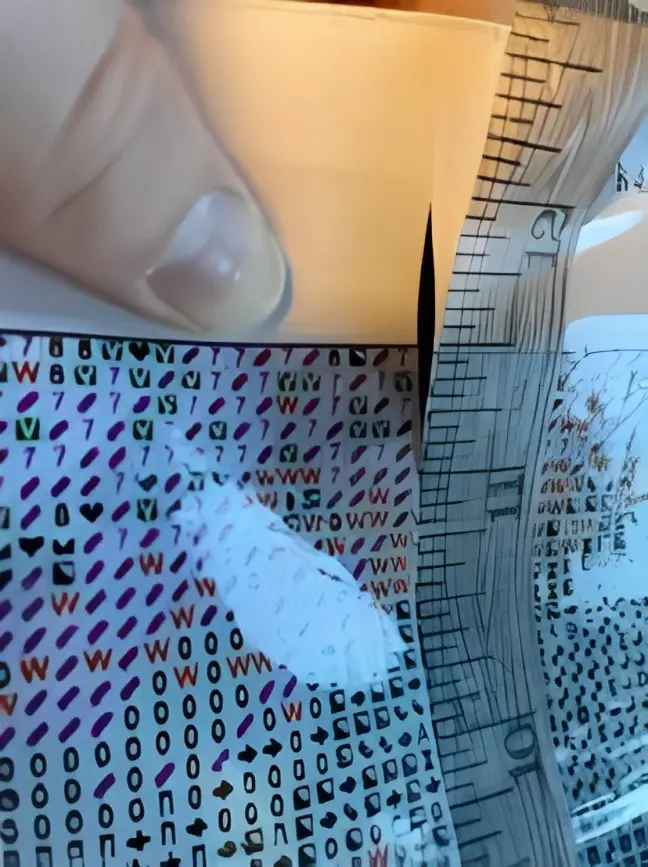How to Seal and Protect Your Finished Diamond Painting?
Diamond painting, a captivating craft that involves gluing tiny colored stones onto a canvas to create intricate pictures, has gained immense popularity. After putting in hours of meticulous work, it’s essential to seal and protect your finished masterpiece. In this article, we will explore the reasons to seal diamond paintings, when sealing is necessary, the benefits and drawbacks of sealing, types of sealants, step-by-step sealing instructions, factors to consider, and conclude with frequently asked questions about sealing diamond paintings.
Why Seal Your Diamond Painting?
Sealing your completed diamond painting offers several advantages. Firstly, it prevents the drills from falling off over time, ensuring the longevity of your artwork. Additionally, sealing protects the canvas and the delicate diamond drills from dust, debris, and accidental touches, preserving the overall quality and appearance. However, the decision to seal comes with a trade-off, as some shine may be sacrificed for enhanced protection.
When Is Sealing Necessary?
While not every diamond painting requires sealing, there are situations where it’s highly recommended. If you plan to display your artwork without glass protection, such as on a magnetic frame or mounted on a wooden board, sealing becomes crucial. It safeguards the exposed drills from external elements and minimizes the risk of drills dislodging due to accidental contact. Moreover, if you’re considering mailing your artwork, be cautious, as sealed paintings become stiff and are prone to damage during transit.
When Is Sealing Not Necessary?
Sealing is not mandatory in all cases. If you’ve used a high-quality diamond painting kit from Craft-Ease, the canvas’s poured-glue adhesive is designed to securely hold the drills. Additionally, if you intend to frame your artwork with glass, the glass provides an extra layer of protection, making sealing optional. Displaying your painting behind glass also reduces its shine, and adding another layer of sealant might further diminish the sparkling effect.
Benefits and Drawbacks of Sealing
The decision to seal a diamond painting involves a careful consideration of benefits and drawbacks. Sealing provides a protective layer that unifies the canvas and drills, making cleaning easier while preventing drill detachment. On the downside, sealing can reduce the shine and brilliance of the artwork, especially in the case of AB diamonds that emit a distinct glow. It’s important to weigh these factors before proceeding with sealing.
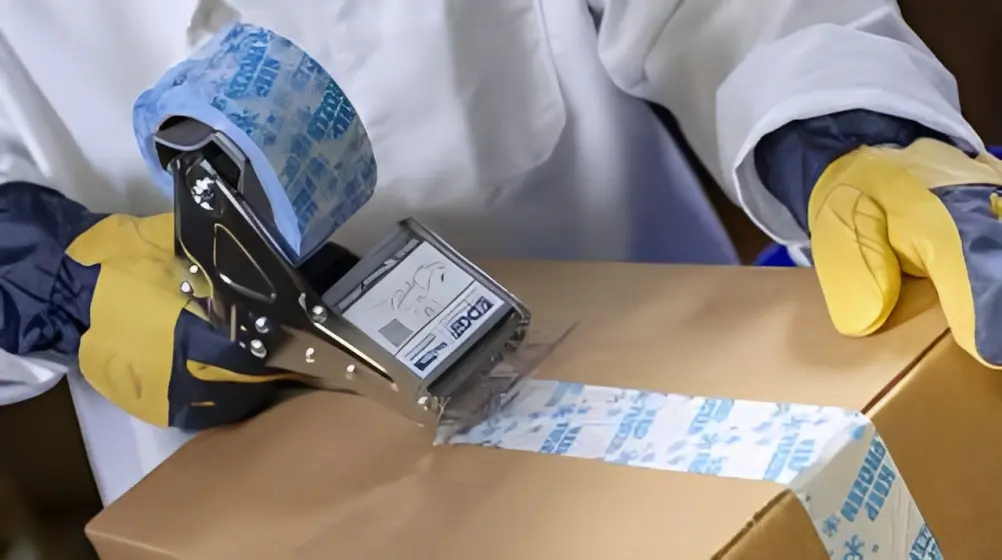
Types of Sealants
Two main types of sealants are available: spray-on sealants and brush-on sealants. Spray-on sealants, such as ModPodge Spray Acrylic Sealer and Tombow Aqua liquid glue, are easier to apply and maintain the canvas’s flexibility. On the other hand, brush-on sealants, including ModPodge Super Glossy, DuraClear Gloss Varnish, MinMax Polyurethane, and MinMax Polycrylic, require manual application and can offer different finishes based on your preference.
How to Seal: Steps
Sealing your diamond painting involves several essential steps to ensure a successful outcome:
Sealing with Spray-On Sealant
To seal your painting using a spray-on sealant, hold the can about 3–4 inches away from the canvas and spray evenly in short, controlled bursts. Apply a second coat if necessary, ensuring complete coverage. Allow the painting to dry without handling for at least two hours to ensure the sealant sets properly.
Sealing with Brush-On Sealant
Using a brush-on sealant involves applying the product with a flat brush that has soft bristles. Brush on the sealant in thin, even strokes, ensuring that gaps between diamonds are filled. Some sealants might require multiple coats for optimal protection. Allow the sealant to dry overnight to achieve the desired finish.
Factors to Consider
The choice of sealant ultimately depends on personal preference. Experimentation may be necessary to find the finish that aligns with your vision for the artwork. Consider factors such as the desired level of shine, the protective benefits, and the ease of application before making your decision.
Conclusion
In conclusion, sealing and protecting your finished diamond painting is a crucial step in preserving its beauty and quality. Whether you opt for spray-on or brush-on sealants, the goal is to strike a balance between shine and protection. By following the recommended steps and considering the specific needs of your artwork, you can ensure that your diamond painting remains a stunning and enduring masterpiece for years to come.
